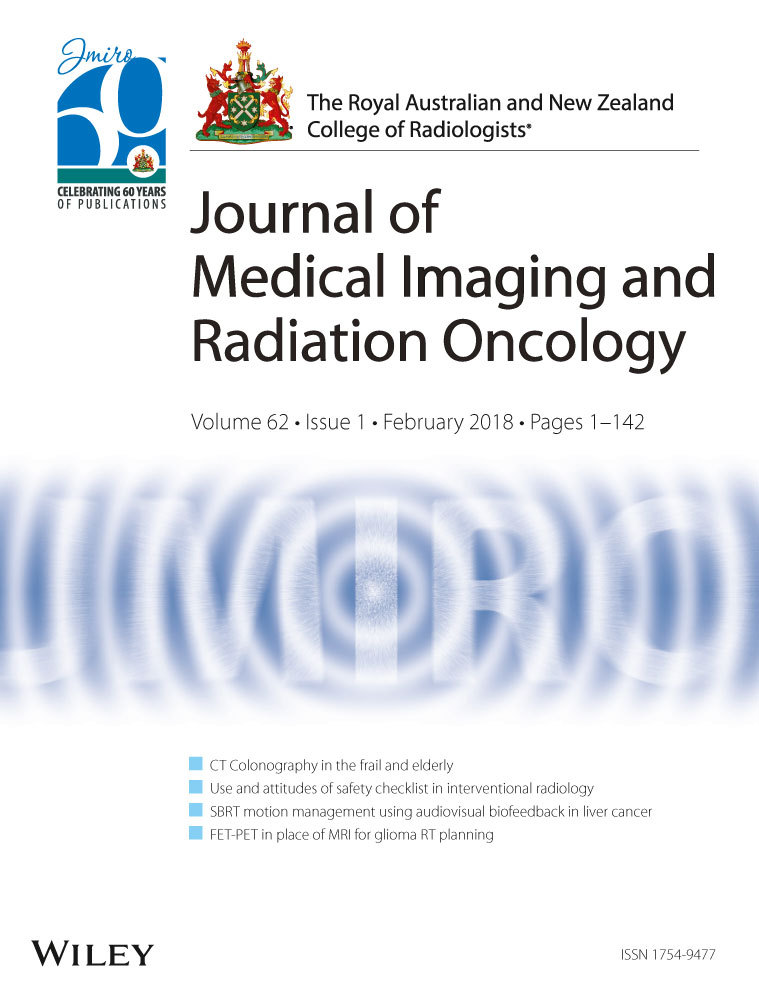Impact of tumour motion compensation and delineation methods on FDG PET-based dose painting plan quality for NSCLC radiation therapy
Abstract
Introduction
To quantitatively estimate the impact of different methods for both boost volume delineation and respiratory motion compensation of [18F] FDG PET/CT images on the fidelity of planned non-uniform ‘dose painting’ plans to the prescribed boost dose distribution.
Methods
Six locally advanced non-small cell lung cancer (NSCLC) patients were retrospectively reviewed. To assess the impact of respiratory motion, time-averaged (3D AVG), respiratory phase-gated (4D GATED) and motion-encompassing (4D MIP) PET images were used. The boost volumes were defined using manual contour (MANUAL), fixed threshold (FIXED) and gradient search algorithm (GRADIENT). The dose painting prescription of 60 Gy base dose to the planning target volume and an integral dose of 14 Gy (total 74 Gy) was discretized into seven treatment planning substructures and linearly redistributed according to the relative SUV at every voxel in the boost volume. Fifty-four dose painting plan combinations were generated and conformity was evaluated using quality index VQ0.95–1.05, which represents the sum of planned dose voxels within 5% deviation from the prescribed dose. Trends in plan quality and magnitude of achievable dose escalation were recorded.
Results
Different segmentation techniques produced statistically significant variations in maximum planned dose (P < 0.02), as well as plan quality between segmentation methods for 4D GATED and 4D MIP PET images (P < 0.05). No statistically significant differences in plan quality and maximum dose were observed between motion-compensated PET-based plans (P > 0.75). Low variability in plan quality was observed for FIXED threshold plans, while MANUAL and GRADIENT plans achieved higher dose with lower plan quality indices.
Conclusions
The dose painting plans were more sensitive to segmentation of boost volumes than PET motion compensation in this study sample. Careful consideration of boost target delineation and motion compensation strategies should guide the design of NSCLC dose painting trials.




